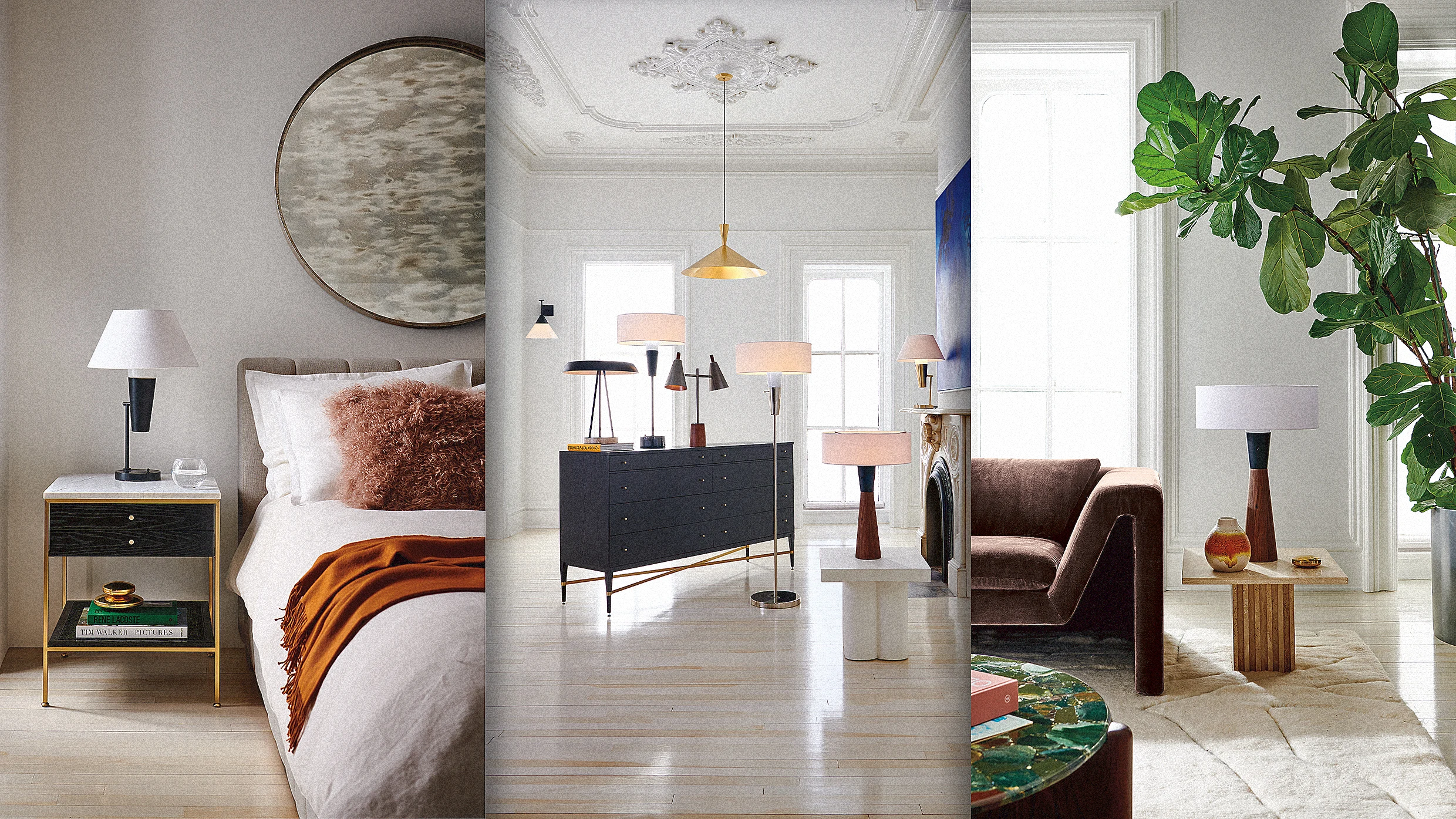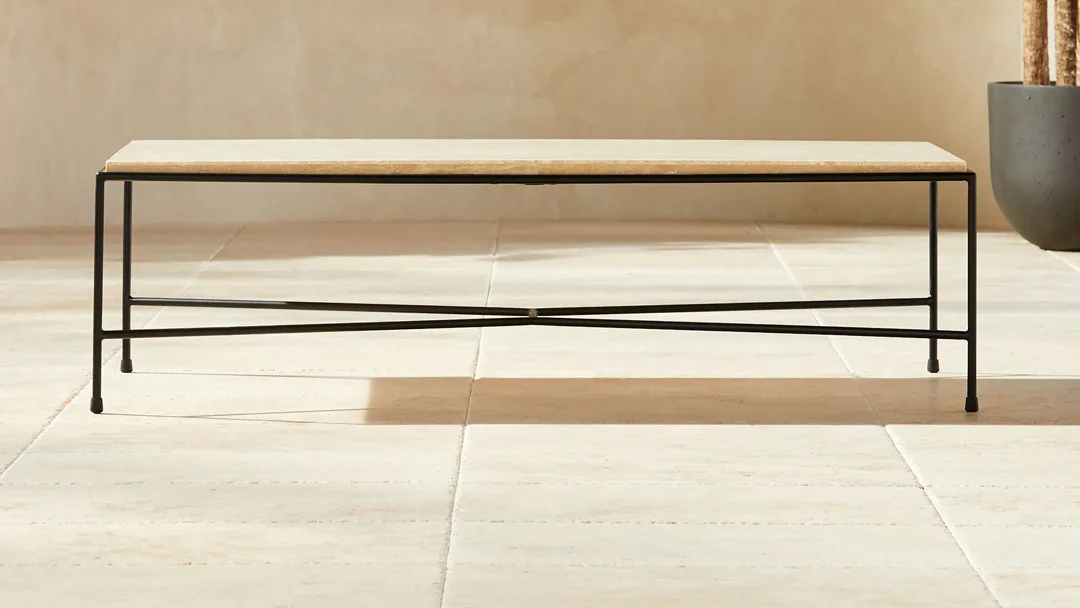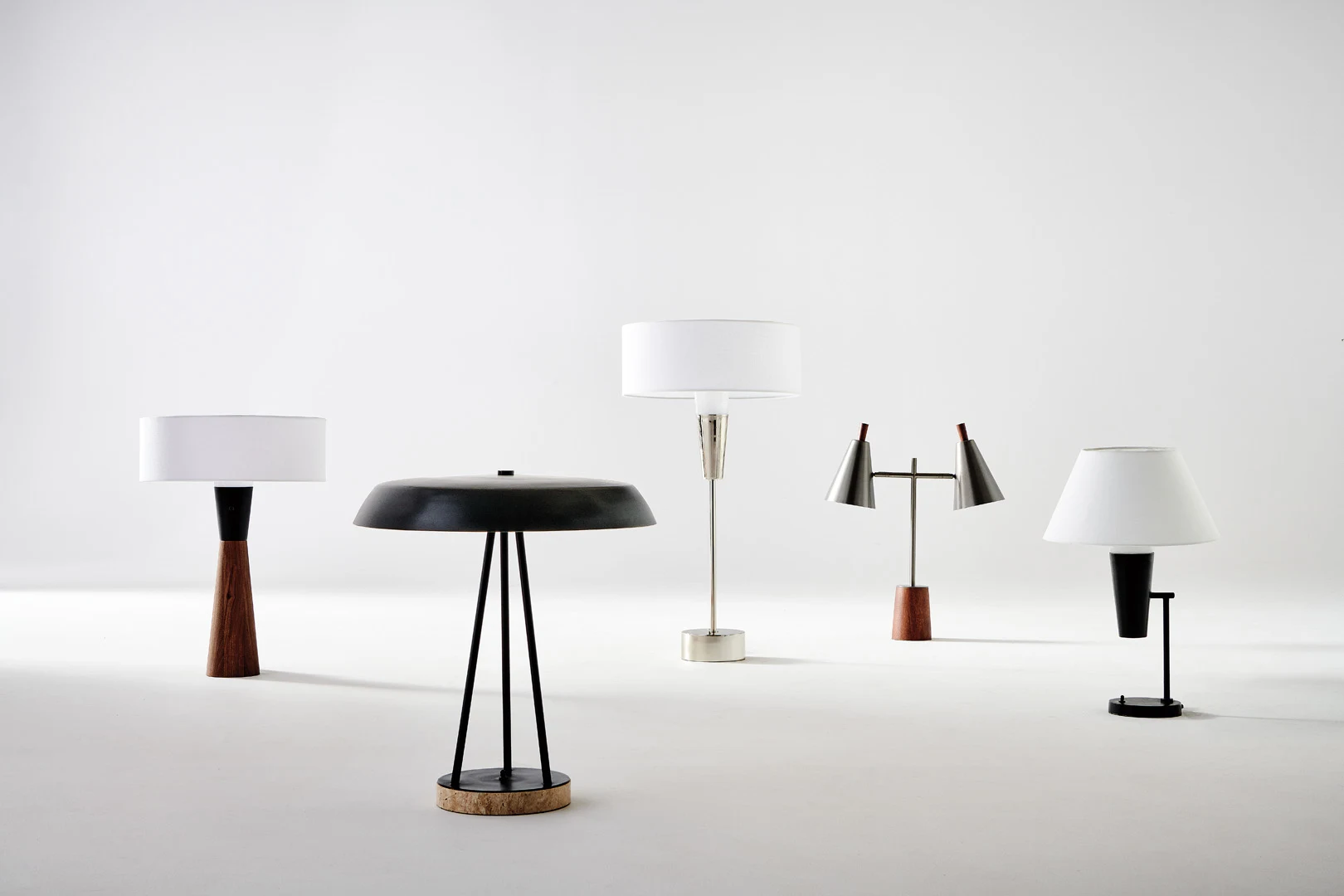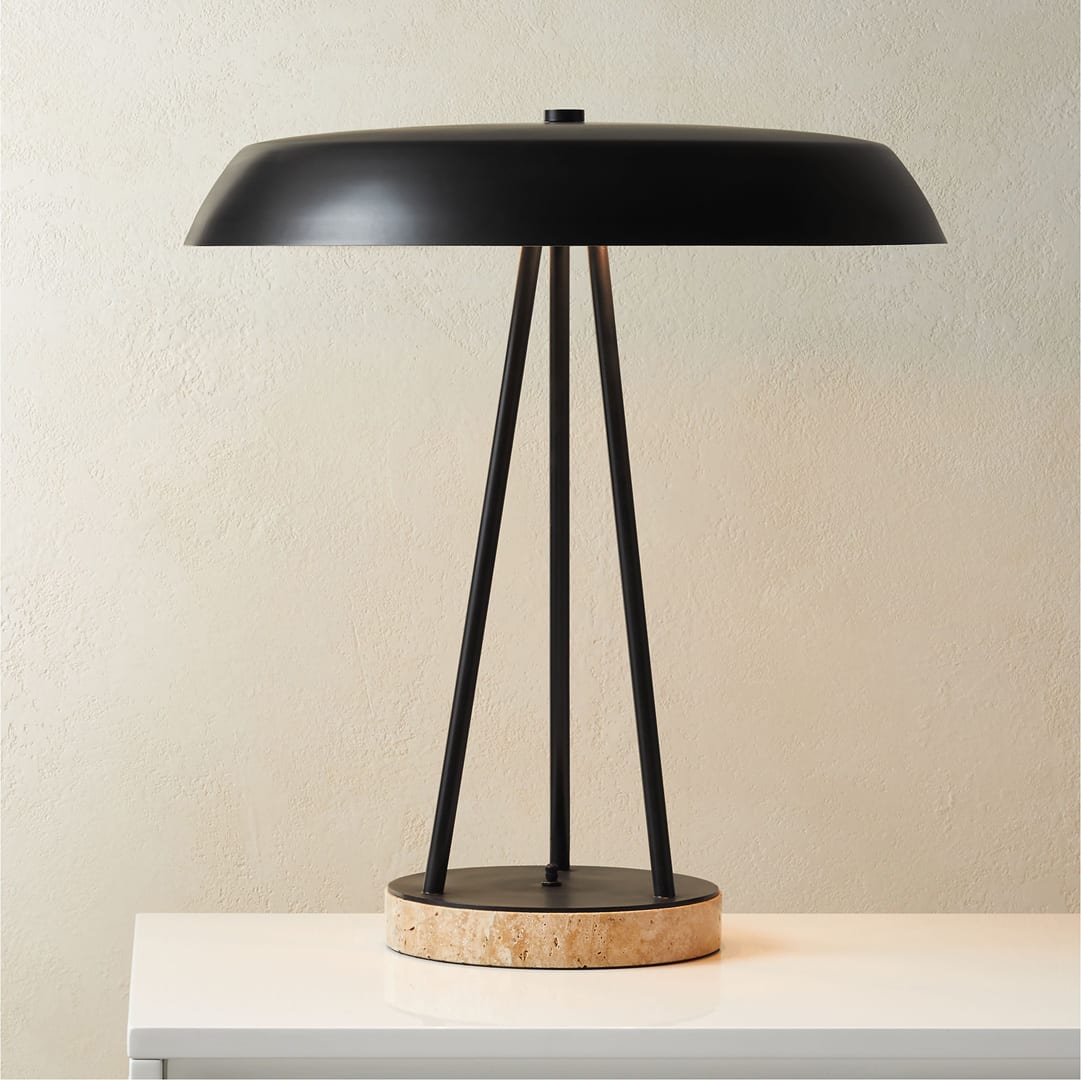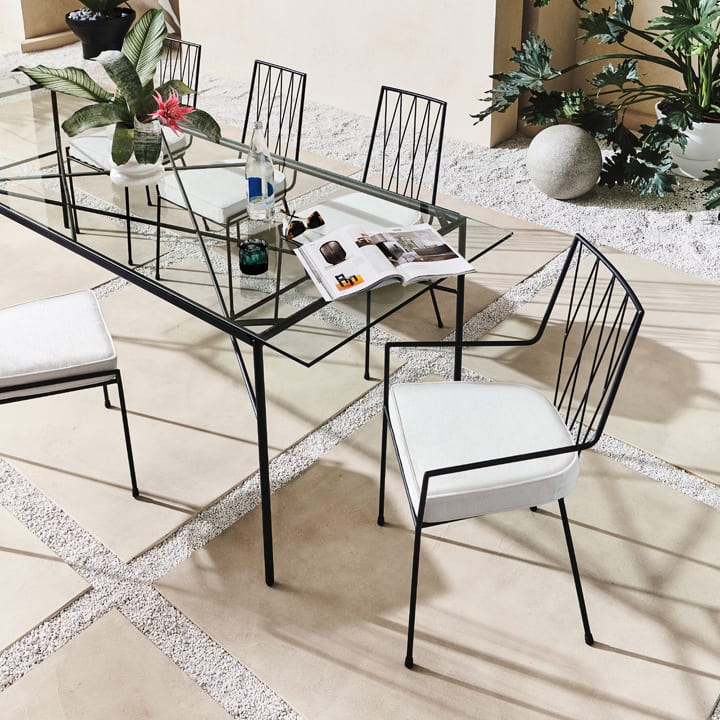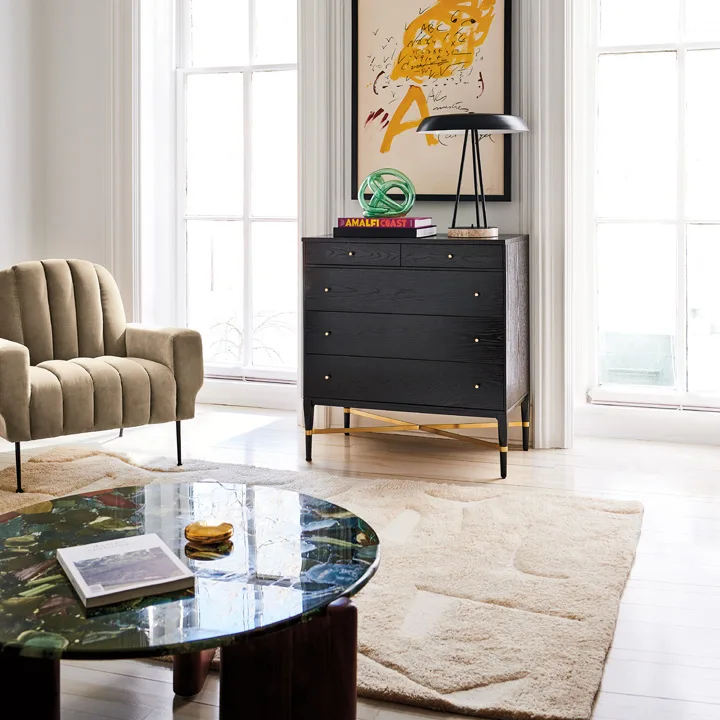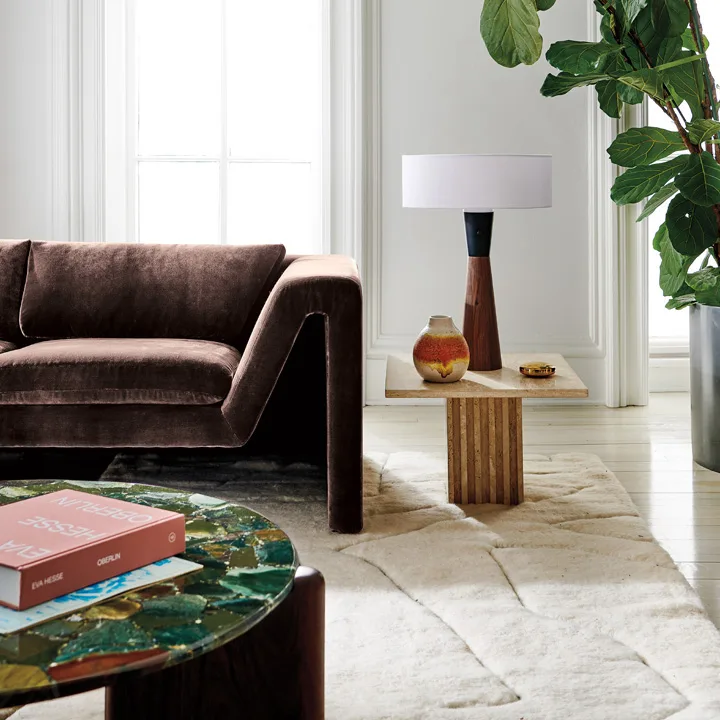Even if you don’t know the midcentury American designer Paul McCobb, you may still find his furniture familiar. He specialized in simple, minimal wood and metal pieces that defined the Mad Men era of American design.
CB2 will be among the first U.S. companies to reissue McCobb’s designs in half a century. Starting in April, the brand will debut 36 of his most iconic furniture and lighting designs. While vintage McCobb pieces can be very expensive, CB2’s collection will allow consumers to get his designs at affordable prices, ranging from $129 to $2,999. There’s a large selection of table lamps that mix metal and wood, outdoor chairs with lattice designs on the back, and simple black nightstands with pops of gold.
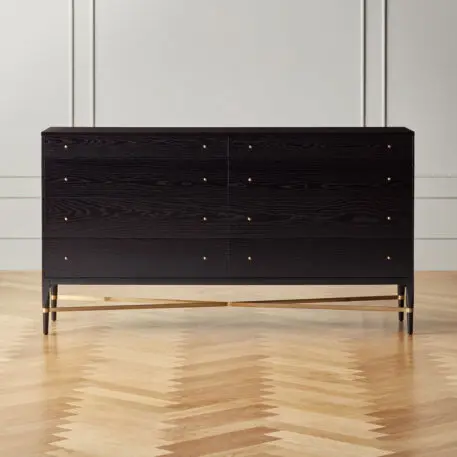
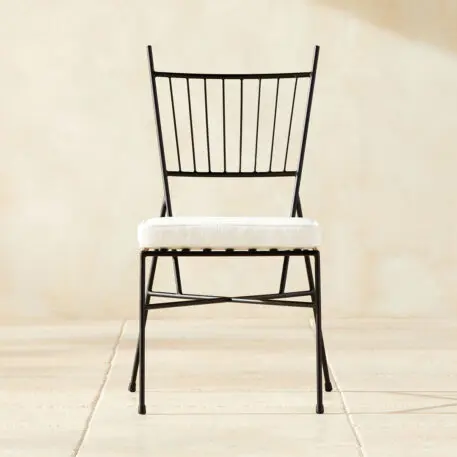
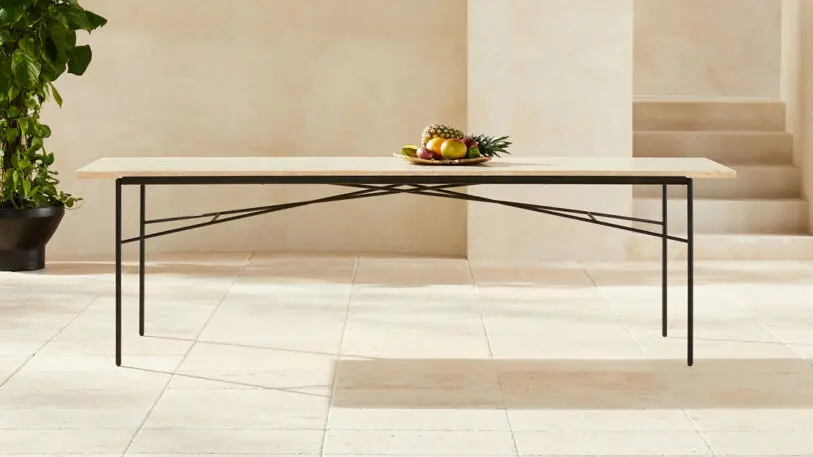
After the war, he opened his own design firm in New York. His Planner collection was manufactured by the Winchendon Furniture Company and became one of the best-selling furniture lines in the 1950s; it continued to be made until 1964. In 1957, Bloomingdale’s offered 15 McCobb room settings. Since his pieces were high in quality but also affordable, they became the go-to furniture for the middle class during the postwar years. And despite being mass-produced, McCobb designs remained highly detailed: You can identify his tables by the subtle narrowing of the steel at the base of their legs.
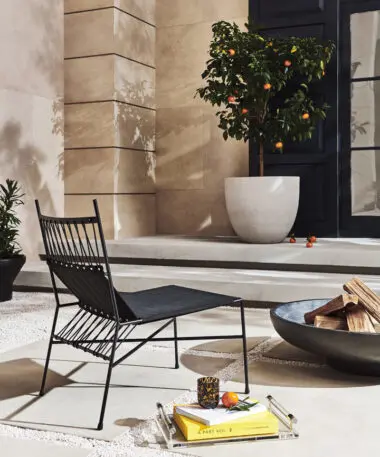
This is the first time that a mass-market American furniture company has licensed McCobb’s designs and begun manufacturing them at scale. It comes at a good time, since the pandemic lockdowns have spurred consumers to spend more time and money upgrading their homes. Turf says it took months for the two brands to figure out how to recreate the pieces. The team worked to faithfully reproduce every aspect of the original designs, from the materials to aesthetic details. “It’s a unique challenge,” Turf says. “We had to carefully look through sketches and recreate them as accurately as possible, down to the smallest detail, like the foot of a chair.”
Replicating designs from half a century ago with current materials presented particular obstacles, says Mark Masiello, managing director of FORM, who worked closely with CB2 on creating these pieces. For instance, they had to scour the market for the right “on-off” switch and other original hardware for the some of the lighting. And getting the tension right for an outdoor armchair with a hammock seat required attention to detail. “Strings, seat, and base needs to work together to provide the right comfort,” he says. “Proportions and design have been an essential focus for the entire collection, however, getting the functionality right is equally important.”

Managing a designer’s estate is a delicate business: FORM is tasked with getting McCobb’s designs out into the world, while also ensuring that his work doesn’t get devalued by creating reissues that are not faithful to the original pieces. Masiello says that there is no simple formula and its important to treat each designers’ work individually. “During the heydays of the midcentury modernist movement, Paul McCobb had mass-appeal like few others from that era,” says Masiello says. “His original designs found increasing popularity and demanded high prices, so what once was an affordable product for many became only available to a few. CB2 is a great match: They merge attainable with exquisite in a way that celebrates and builds on Paul McCobb’s legacy.”
Turf points out that when you closely study McCobb’s work, you begin to notice a playfulness in his design language, in the midst of his simplicity. A hanging lamp has clean triangular lines, but it has unusual proportions that draw the eye. A set of outdoor chairs are minimalist, but the zigzag lattice pattern on the back creates visual interest. “It’s so much about form and function, but there’s always a little twist,” says Turf.
Note: An earlier version of this story said that CB2 was the first U.S. company to license Paul McCobb designs. In fact, Schwinn Hardware began licensing his hardware designs in 2017.
Recognize your brand’s excellence by applying to this year’s Brands That Matter Awards before the early-rate deadline, May 3.

